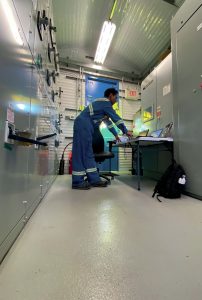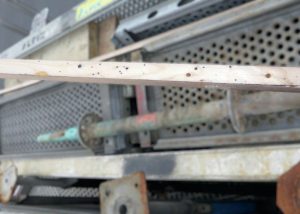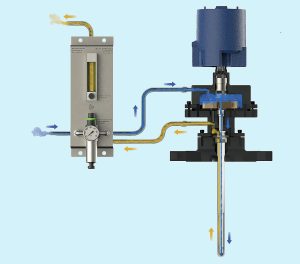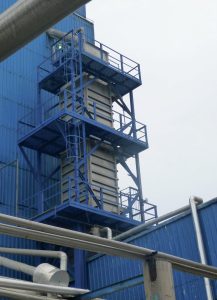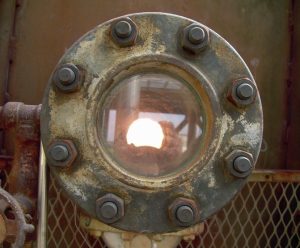
A novel thermal stage process camera for sulphur plants
Enhancing the reliability of sulphur plant starts in the thermal stage. Matt Coady and Martin McCallister of Delta Controls report on a recently developed and launched insertable process camera that monitors the vessel interior of online Claus thermal reactors, providing valuable process data which will allow plants to make better informed operation decisions.


